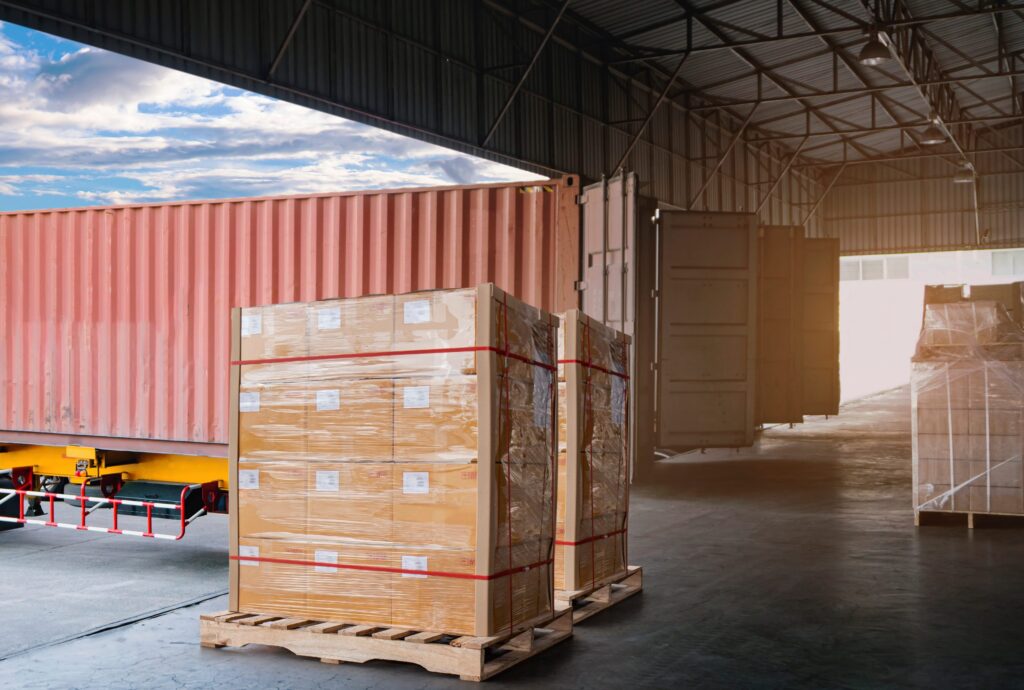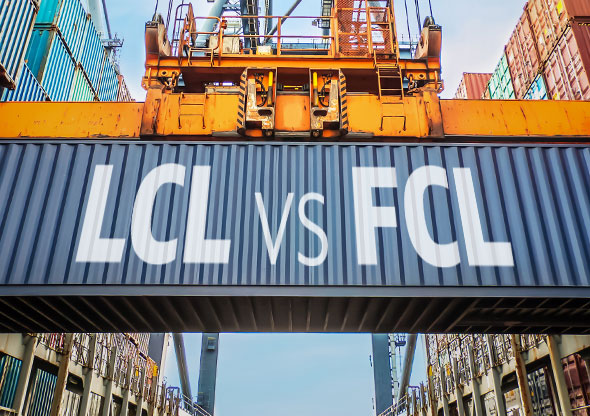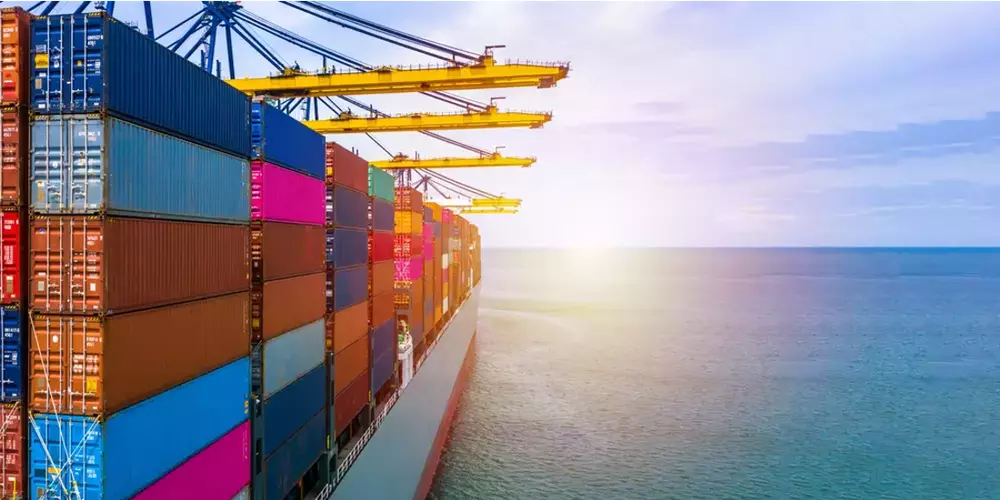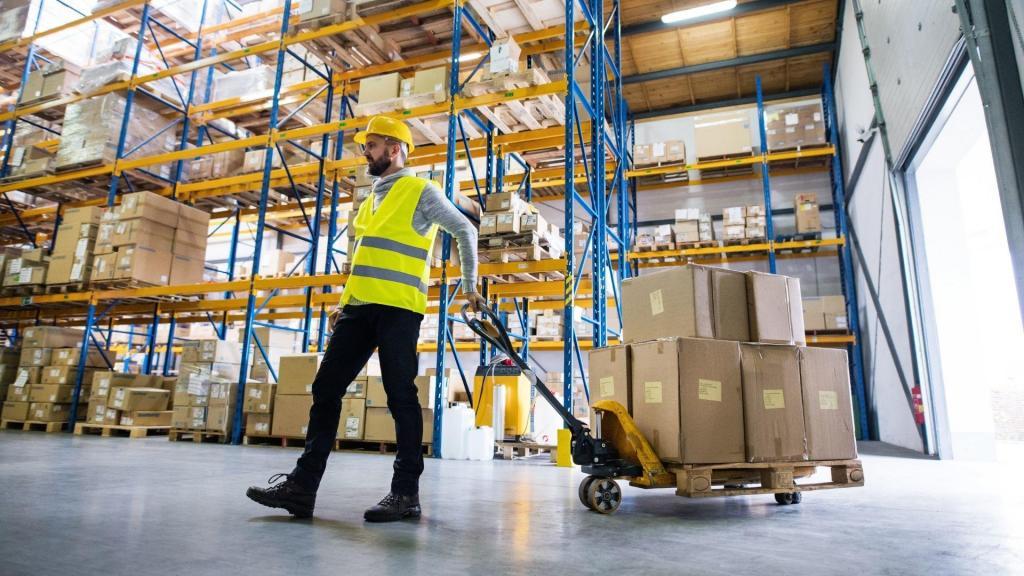In my experience, I have made some mistakes with shipping and packing. Sometimes it was user error, sometimes it was a supplier that didn’t do their job well. Either way, I have learned from them so you don’t have to make the same mistakes. Here are my tips for successful packing and shipping for your next project sourcing adventure in China.

Packing
Section: Checking the dimensions and weight of the goods you intend to ship is essential.
If you are shipping with a courier, then dimensions and weight need to be taken into consideration. If you are checking the package in yourself. Then it is important that you have the correct dimensions and weight for your chosen method of shipping. This will save time at the airport, as well as potentially saving money on excess baggage fees when traveling via plane.
You want to make sure that the dimensions and weight of your goods are within the parameters of what can be shipped. If they are not, you’ll have to take additional steps. For example, if you’re shipping something that is oversize or overweight. You’ll need to find a freight forwarder who will handle this for you.
Section: Always use wooden packing material when shipping breakable items from China to US.
While any type of packing material can be used, it’s important to note that some are more effective than others. For example, if you’re shipping breakable items from China to the US, it’s generally recommended that you use wooden packing materials rather than styrofoam. This is because wooden packing material will protect your goods in case of a drop or collision during transit. However, if you do choose to use styrofoam, make sure that you wrap it in bubble wrap first before placing it inside your package.
Section: Determine if you can go with full container load or less than container load options.
Depending on the nature of your business, there may be times when you need to ship large volumes of goods. If so, it’s recommended that you go with full container load (FCL) options as they’re usually more cost-effective than less than container load (LCL) ones. This is because FCL shipping allows you to fill up an entire cargo container with your products before sending them off.
The first thing to note is that you’re usually charged a premium for using full container load (FCL) shipping. This means you’ll have to pay extra for the space in the container. As well as any additional costs associated with moving your goods via this method.
If you’re only shipping small amounts, though, it may be best to opt for LCL shipping. This is because it can be less expensive than FCL options if you’re just sending a few boxes full of items.
For example, if you’re sending one or two boxes of goods to Malaysia, it may be cheaper to use LCL shipping than FCL. This is because the cost of filling up an entire container with your products will be too high. And you’ll end up paying more than what you’d pay for sending just a small amount.
Takeaway: If you don’t have enough goods to go for full container load option. You should see if it’s possible to share a container with other suppliers and split the cost.


Section: If your shipment requires special handling or packaging, advise your supplier in advance.
This will help ensure that your goods are handled properly, and it may also be cheaper than paying for a separate shipment. If you don’t tell the supplier in advance about any special requirements, they may not be aware of them and could make mistakes when handling your shipment.
Takeaway: Don’t assume the supplier is knowledgeable about all of your products. If you think there might be a problem with packaging or handling, let them know in advance so they can arrange for appropriate facilities.
Shipping
Section: Choose a shipping method that doesn’t require consolidation.
Some shipping methods require that all shipments going to the same destination be consolidated. For example, if you’re shipping by ocean freight. Your goods will have to be consolidated with other products before they are loaded onto a container ship. This can cost more than if you shipped separately—and it means that the supplier will have less control over how your shipment is handled.
Section: Don’t ship anything valuable with UPS or FedEx from China to US.
I have heard too many stories of people who shipped expensive electronics and other valuable items with UPS or FedEx from China to US. They were sure that their packages would be safe because these companies are well-known for their reliability. But when the packages arrived at their destination, they were damaged beyond repair—or even gone altogether.
Section: Never ship samples by air.
Shipping samples by air is a bad idea, because it’s expensive and unreliable. If you send samples by air, they could be delayed in customs or lost in transit. And even if they arrive at their destination quickly, the recipient may not recognize them as something valuable—and could throw them out without even looking inside.
Takeaway: Don’t ship anything valuable with UPS or FedEx from China to US unless it’s insured for its full value.
Section: Sea freight is popular than air freight from China.
Sea freight is cheaper than air freight from China. And it’s more reliable. Too: With sea freight, the goods are packed into large crates and shipped by boat. The shipping time takes about 30 days, but there’s no risk of damage or loss. Most importantly, you can insure your cargo for its full value so that if anything happens to it during transit, you won’t lose any money on your shipment.

Section: Ensure you have the correct pallet.
Pallets are used to transport and store goods. Most pallets are made of wood, but you may also find plastic and metal versions. When shipping from China, it’s important that your pallet has the correct dimensions so that it fits into the cargo hold of a plane or ship. If your pallet is too small or large for these spaces. Then it will be rejected by customs officers and returned to you at no cost.
Takeaway: Shipping goods from China to the US comes with its own set of challenges. But there are ways you can mitigate the risks of loss or damage during transit
Others
Section: Be aware of export laws.
The laws and regulations governing export vary from country to country, so you should make sure you’re familiar with the rules of your destination. For example, some countries have restrictions on what can be exported and require permits or licenses for certain types of goods. It’s also important that you don’t violate any local laws or customs regulations when shipping from China, such as those covering food hygiene or environmental concerns.
Section: Always make sure high-value items are insured individually for the full retail value of each item.
If you’re shipping high-value items, such as jewelry or electronics, it’s important to make sure they are insured individually. This will ensure that if your shipment is lost or damaged, you can claim a full refund on each item. You should also verify with the courier service department before sending any valuable items. So that they can provide suggestions on how to handle claims in the event of loss or damage.
Section: Be prepared for what happens when the pallet arrives at the warehouse.
Once your pallet has arrived at the warehouse, it’s important to be prepared for what happens next. It’s possible that some items may have been damaged in transit or lost completely. This is why you should always check each item before signing off on a delivery. You should also request an invoice for any missing or damaged items and make sure this is included with your shipment.

Section: Check-in with your supplier throughout the process and don’t be afraid to call them out on their mistakes.
One of the most important parts of managing your supply chain is staying in touch with your supplier. You should check-in with them throughout the process and let them know if anything goes wrong. Such as a delay in delivery or damage to an item. If something does go wrong, don’t be afraid to call them out on it!